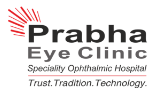Safest and best Lasik Eye Surgery & Treatment in Bangalore
LASIK(Laser Insitu Keratomilieusis) is a procedure where the need to use glasses or contact lenses is eliminated using an Excimer laser.
There are two steps in the LASIK procedure. First, the surgeon creates a micro-thin corneal flap, which is lifted to expose the inner cornea for step two, tissue ablation by an excimer laser. The first step of making flap can be done either with ultrathin blade call Microkeratome (Blade LASIK) or with laser (Blade free LASIK).
The Femto Second (FS) laser introduced the concept of blade-free LASIK, representing the first improvement to the procedure’s first step. Surgeons have found statistically and clinically significant differences in the vision patients achieve — better than 20/20 to 20/15 and even 20/12.5 — when the laser is used to make the corneal flap.
The Femto Second (FS) laser introduced the concept of blade-free LASIK, representing the first improvement to the procedure’s first step. Surgeons have found statistically and clinically significant differences in the vision patients achieve — better than 20/20 to 20/15 and even 20/12.5 — when the laser is used to make the corneal flap.
With its excellent safety profile, patient comfort and superior visual outcomes, Blade free LASIK is among the fastest-growing refractive surgical techniques in the country today. As of the third quarter of 2006, the FS lasers in use worldwide have performed approximately one million blade-free LASIK procedures. In the U.S., more than 25 percent of all LASIK procedures incorporate the advanced Femtosecond laser Method.
Prabha eye clinic has the state of the art Femtosecond laser machine providing safety, precision and accuracy.

Wavelight Refractive Suite
The refractive suite comprises of Femtosecond laser machine reducing the flap making time to ’6′seconds and Wavelight EX-500 with advanced iris tracking system and reduced laser
The department of Refractive surgeries at our hospital is amongst the very few centers in the world equipped with state of the art and top-line LASIK machines: Femtosecond laser machine, the latest Pentacam® link) and Wavelight EX-500™ which helps us to individualize patient treatment depending upon their suitability.
Understanding the LASIK procedure:
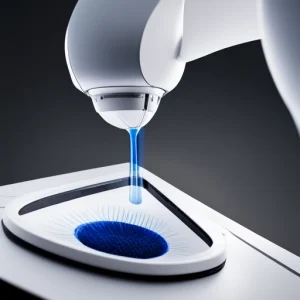
Using an “inside-out” process, the FS laser is precisely focused to a point within the cornea, where thousands of microscopic bubbles are formed to define the architecture of the intracorneal surface and the resulting flap.
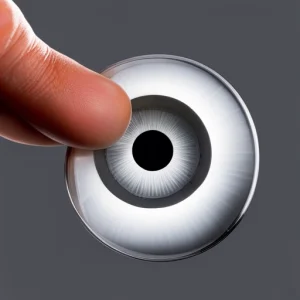
The surgeon controls flap diameter, depth, hinge location and width, and side-cut architecture — factors that can be varied per patient. Bubbles are then stacked along the edge up to the corneal surface to complete step one.
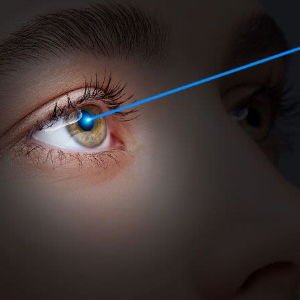
The physician then exposes the prepared corneal bed for excimer laser treatment by lifting the flap. The LASIK procedure is complete when the flap is securely repositioned on its beveled edge.
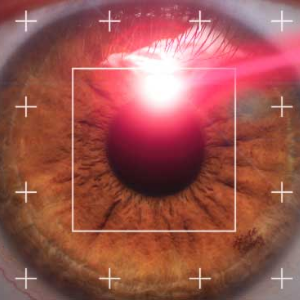
Prior to the IntraLase laser, LASIK’s first step was done manually with an oscillating razor blade, called a microkeratome. This device causes the majority of LASIK complications and can be unpredictable even in skilled hands.

The flap is then lifted to expose the inner cornea for the second step: vision treatment by the excimer laser.
LASIK @ Prabha Eye Clinic with the latest EX500 Lasik suite
Built for Speed and Superb Outcomes
The WaveLight® Refractive suite is the fastest refractive surgery platform available in the world is now combined with superb surgical skills having delivered thousands of happy outcomes.
- The WaveLight® EX500 Excimer Laser is the only excimer laser to operate at 500 Hz, with an average treatment time of approximately 1.4 seconds per diopter
- The swivel bed is designed to optimize time between the flap creation and laser proceduresIts innovative engineering helps reduce the potential for:
- Stromal dehydration of the cornea
- Flap shrinkage
- Sensitivity to eye movements
- Patient fixation fatigue
Customized LASIK for Every Eye
The built-in flexibility of the WaveLight® EX500 Excimer Laser allows surgeons to expand their refractive treatment capabilities:
- Wavefront Optimized® and Wavefront-Guided treatments
- Customized pupil-center centration options among different lighting conditions
- Line of sight and corneal vertex centration
Precisely Focused on Accuracy
With a powerful 1050 Hz-type multi-dimensional eye tracker, synchronized at 500 Hz, the WaveLight® EX500 Excimer Laser offers safety and exceptional precision:
- Movement tracking with just 2 milliseconds of latency*
- Dynamic pupil tracking from 1.5 mm to 8.0 mm
Optimized Shot Distribution
Utilizing proprietary PerfectPulse Technology®,the WaveLight® EX500 Excimer Laser maintains a high pulse frequency with a minimized thermal load4,1:
Only 1 pulse in 5 is allowed to overlap
- Optimizes temporal and spatial shot distribution
- Additional pulses are sent to the periphery to compensate for energy loss
- Reduces the potential for nighttime glare
Designed with Efficiency in Mind
The WaveLight® EX500 Excimer Laser workstation has been ergonomically designed to provide enhanced information and usability throughout the refractive procedure:
- Integrated heads-up display
- Fiber slit projector with LED light source
- Increased working distance of 25 cm
- Standard, high-resolution video system
- Built-in, non-contact, online pachymetry
The Cutting Edge of Laser Technology
Featuring enhanced beam path technologies, the WaveLight® EX500 Excimer Laser sets the standard for laser precision and durability:
- Completely sealed beam path
- Continuous nitrogen-flushed beam path
- On board nitrogen generator
- Long laser head life expectancy
LASIK with the Femtosecond Laser(FS) is emerging as the gold standard
NASA has approved the use of blade less / FS laser in the correction of refractive errors.
The Blade:Technology from a Bygone Era?
For the majority of top U.S. ophthalmic surgeons and teaching institutions, the FS laser is the technology of choice. Many of tomorrow’s LASIK surgeons are training exclusively using the blade less Method, signifying the potential end of microkeratome use in the procedure.


